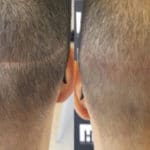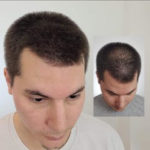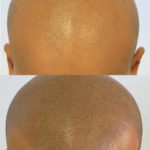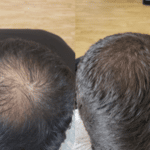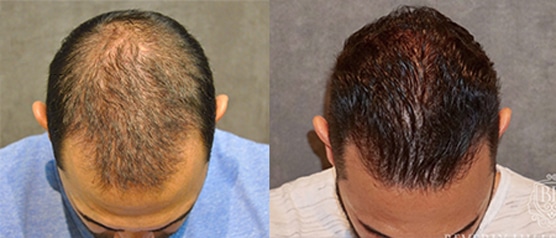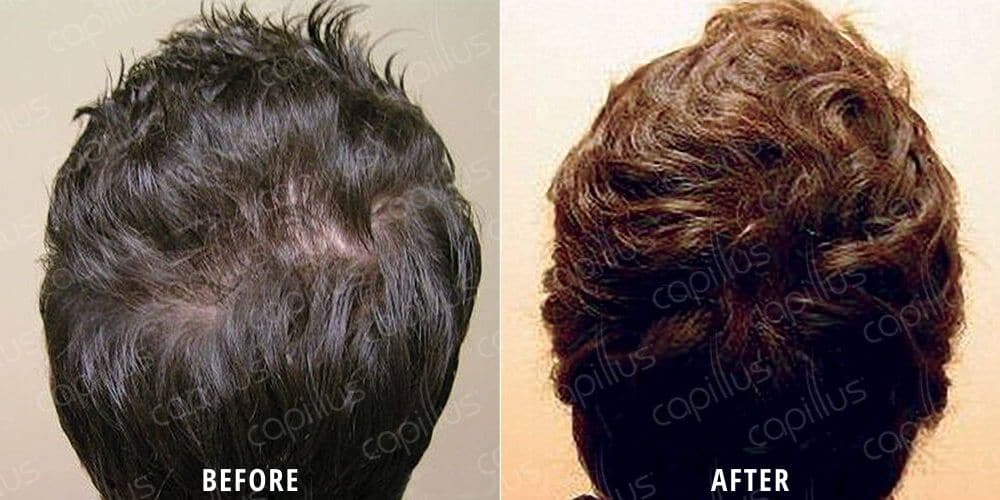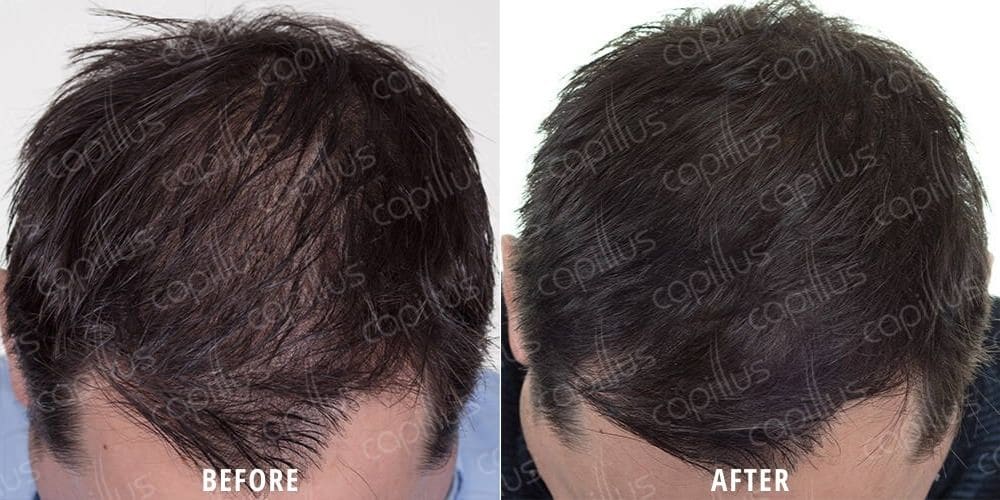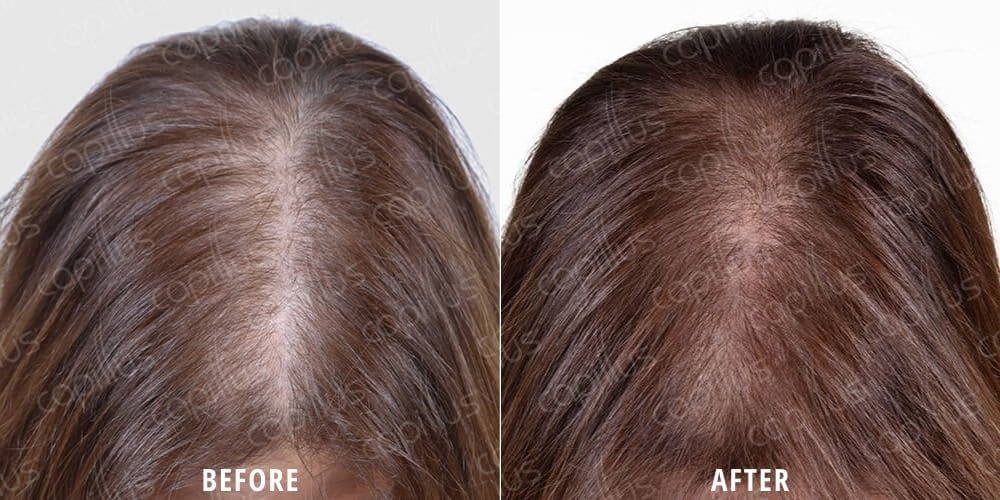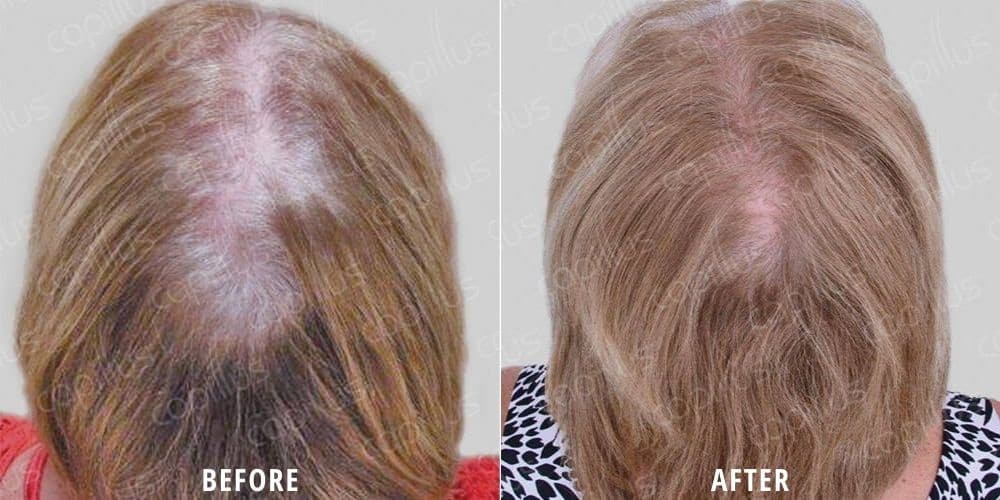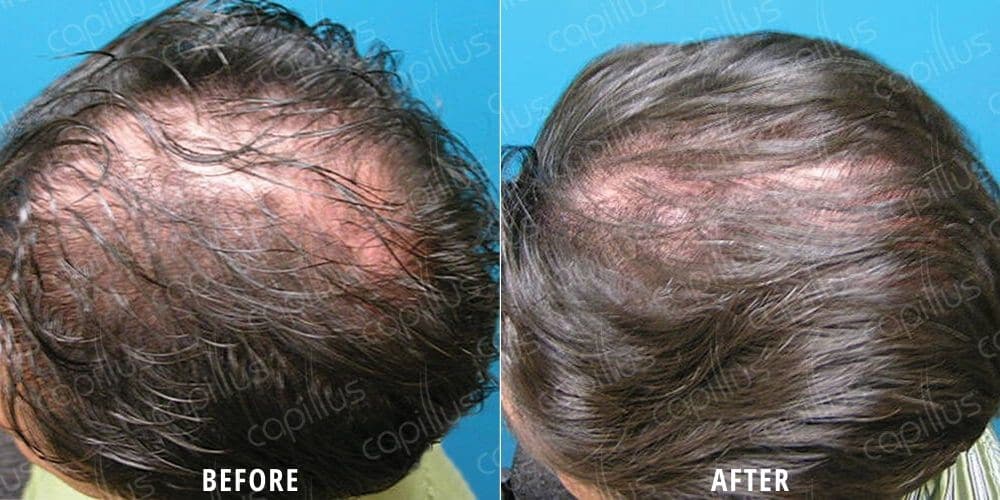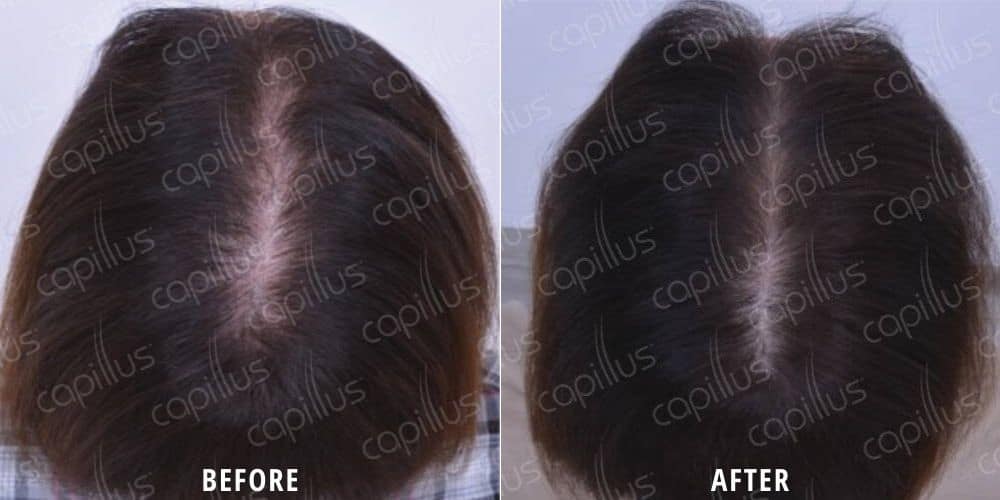Hair Tattoos | Scalp Micropigmentation in Houston
Hair Tattoos | Scalp Micropigmentation in Houston
Hair tattoos, or scalp micropigmentation, procedures reduce and improve balding, excessive hair loss, and thinning hair. Unfortunately, no person is exempt from hair loss or thinning. Thankfully, there are excellent options like the hair tattoo available to help. Read on to learn more about hair tattoos and how they alleviate balding and hair thinning.
Benefits of a Hair Tattoo
- Safe and effective
- Restores the natural hairline
- Reduces signs of hair thinning
- Great solution for alopecia
- Affordable hair restoration option
Book your free consultation
Hair Tattoo Before and After*
The hair tattoo before and after pictures show the results possible with scalp micropigmentation. While results will vary per person*, each patient shown in the pictures exhibits typical results possible with hair tattooing. It is important to add that hair tattooing is a very technique-sensitive treatment. Therefore, if you want natural, realistic results, choosing a provider with ample experience in hair restoration is crucial.
What is a Hair Tattoo?
Hair tattoos, more commonly referred to as scalp micropigmentation, are a contemporary cosmetic treatment perfect for concealing the damage hair loss or hair thinning causes. The hair tattoo technique uses a skilled technician to perform the innovative procedure similar to regular skin tattooing.
Natural pigments are implanted in the skin using a machine fitted with micro-needles. During the hair tattoo treatment, the micro-needles go into the scalp through a series of tiny dots. Once it heals, the results look like hair follicles giving a closely shaved head or buzz-cut appearance. In the case of hair thinning, the technician shades in the skin where the hair loss or thinning is most prevalent to give the appearance of fuller hair.
The Hair Tattoo Experience
Your hair tattoo experience begins with a consultation. During this visit, your doctor examines your hair and scalp. This helps the doctor determine the best course of action for your scalp micropigmentation. Afterward, your doctor schedules your procedure.
Before the hair tattoo procedure begins, your doctor draws out the hairline or marks the treatment area. Finally, the actual scalp micropigmentation begins. Your doctor applies a numbing agent to the scalp before they begin. This numbing cream maximizes treatment comfortability.
Does Scalp Micropigmentation Hurt?
Before your hair tattoo procedure begins, your doctor applies a numbing cream. It is good to keep in mind that there may be slight discomfort during the hair restoration treatment. If you are concerned about this, schedule a consultation with ILEA Hair Restoration. During your visit, you speak in-depth with a knowledgeable specialist capable of addressing your concerns.
Hair Tattoo Near Me
If you are struggling with balding, excessive hair loss, receding hairlines, or severely thinning hair, hair tattoos may be suitable for you. Contact ILEA Hair Restoration today! We are the leading provider of safe and successful hair restoration in Houston, Texas. To discuss your hair restoration options and determine if the hair tattoo is right for you, call us at 832-991-5411 to schedule your consultation or reach out to us online to learn more.



